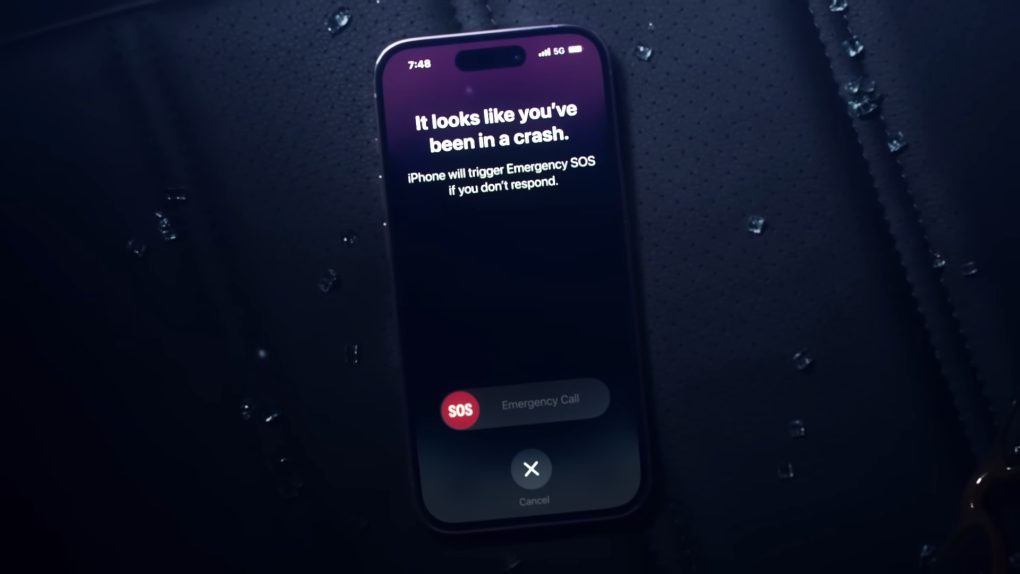With the iPhone 14, Apple introduced a new Crash Detection feature, which should be able to detect if the user was in a severe car crash. From YouTubers trying to test this function to riding a roller coaster triggering Crash Detection, Apple executives have sat with TechCrunch to offer a deep dive into this new feature.
The publication interviewed Apple’s Vice president, Sensing & Connectivity, Ron Huang, and vice president, Worldwide iPhone Product Marketing, Kaiann Drance.
Crash Detection uses a new Gyroscope and Accelerometer available on the iPhone 14 series as well as the new Apple Watch Series 8 and Apple Watch Ultra. According to the execs, most part of the feature uses the G Force detection, which determines whether the user has been in a severe car crash.
“It started off with our fundamental understanding of what is experienced during a crash. In these crashes, you see impact forces over 100 (Gs). We started around 256. Any time you try to increase that range, there are trade-offs, in terms of precision at the higher range and the power costs. It took the team a lot of work to build the sensors in this way,” said Huang.
Alongside these new sensors, Apple also includes the GPS to determine traveling speeds, the microphone to monitor the sounds of a crash, and the barometer to detect the change in pressure that occurs when airbags are deployed. But even with all these sensors combined, Apple’s Vice president, Sensing & Connectivity says:
“There’s no silver bullet, in terms of activating crash detection,” says Huang. “It’s hard to say how many of these things have to trigger, because it’s not a straight equation. Depending how fast the traveling speed was earlier, determines what signals we have to see later on, as well. Your speed change, combined with the impact force, combined with the pressure change, combined with the sound level, it’s all a pretty dynamic algorithm.”
The executives explain that Bluetooth and Carplay could also be used to determine that the iPhone 14 owner is in a car. “On top of that, we added a lot of signals,” says Huang. “Whether it’s road noise or engine noise, we can see that. We can see that the Wi-Fi routers that you’re using are changing very rapidly — faster than if you’re walking or biking and so forth.”
Apple says that the new Apple Watches and iPhone 14 models are “very accurate,” although they don’t say if there’s any difference in accuracy between them. Last but not least, Kaiann Drance also shared a personal experience with a rear-end fender bender while driving by saying these small things shouldn’t trigger the Crash Detection feature:
“I actually had a rear-end fender bender when I was in New York earlier,” says Drance. “My crash detection did not go off, because it’s just one of those minor things where you just get out of your car and keep going. That’s part of the sensor fusion and accuracy, because we don’t want to be doing a lot of false calls to 9-1-1 when they’re not necessary.”
Since this interview was recorded last week, the executives didn’t properly address The Wall Street Journal report from the weekend about the roller coaster, but, even so, it’s interesting to see how this feature actually works.
You can read the full article on TechCrunch’s website.








